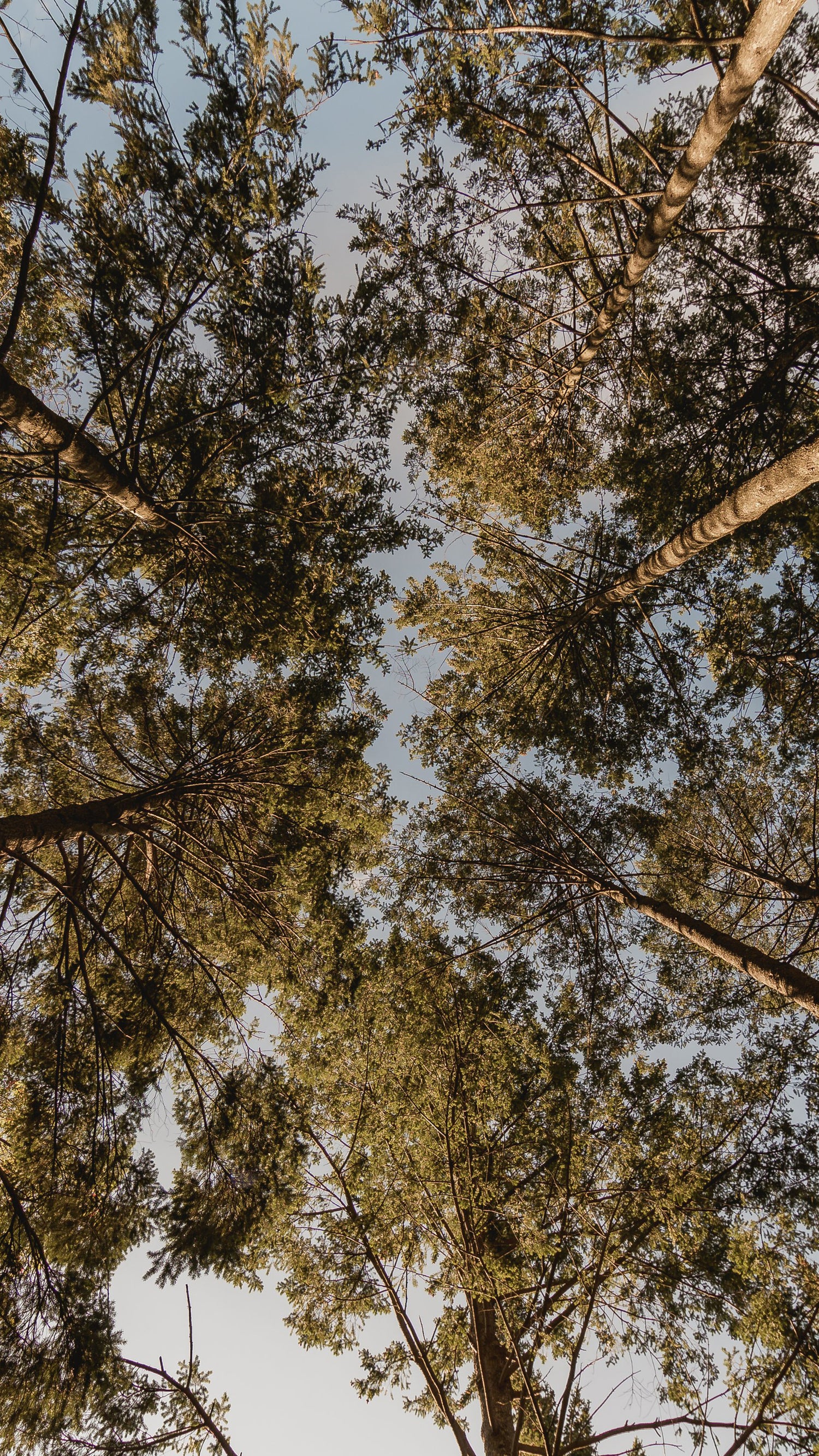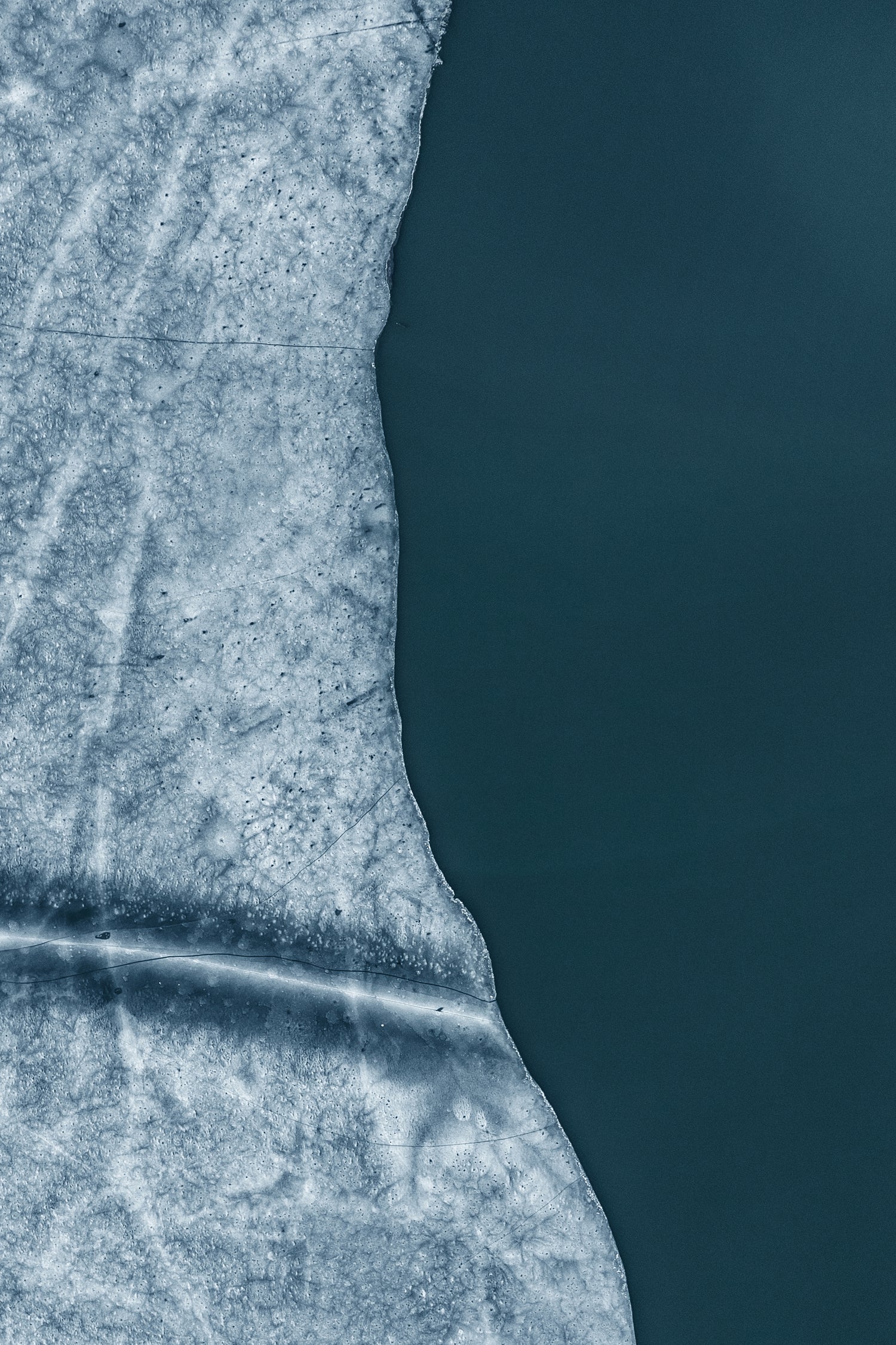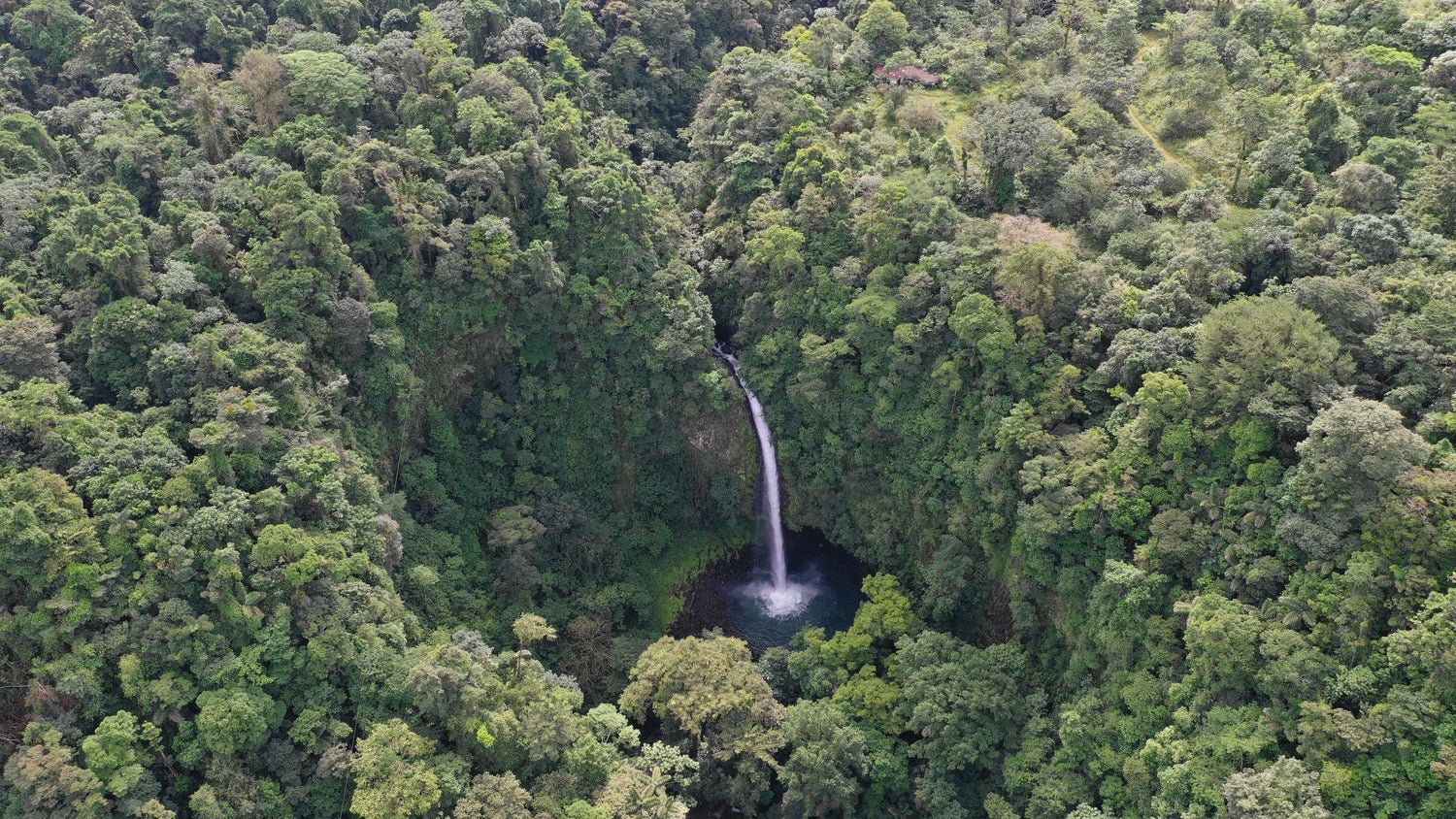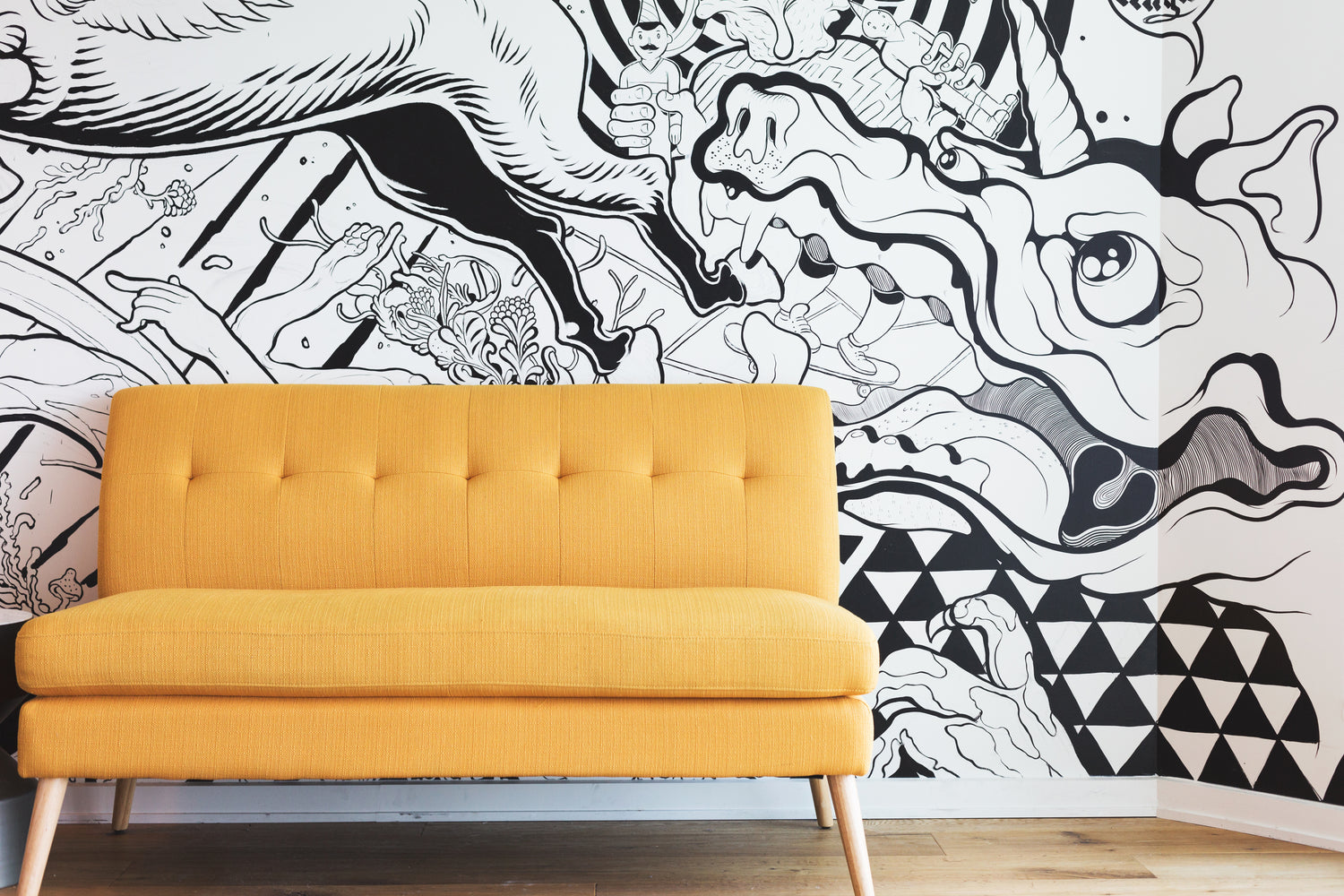What is the purpose of this page?
In this page, I will be as detailed as possible, telling you all the steps behind each product, the critical points, the solutions.
I create new products, so I cannot define myself "100% sustainable". However, each step reflects my ETHICS and it is designed to have the smallest impact on the planet and with respect for the people who work with me.

PACKAGING
All the packaging used are a mixture of sustainably sourced, recyclable or biodegradable.
1. Firstly, we carefully cover your work with tissue paper, eliminating the danger of any scratches or folds.
2. Wrapped up and ready to go - your order is placed into a robust cardboard tube, secured and sealed at both ends.

PAPER & PRINT
Giclée PRINT ILLUSTRATIONS
Our Giclée paper manufactures only use resources from sustainable forest management areas. This programme ensures the preservation and protection of biodiversity, the renewal of the forests habitats and decreasing of the impacts of exploitation of forest areas for future generations. The paper made at their mills is certified for the traceability of the wood fibres from an origin of non-threatened forests.
C-Type PRINT. PHOTOGRAPHY
Our c-type prints are printed on Fuji crystal archive paper and processed with Fuji chemistry. Fuji’s production processes operates on exclusively on wind energy and they also generate their own energy with five wind turbines and a large afterburner. They have also pioneered a water purification plant with adjoining companies. Fujifilm adheres to regulation using the S class system that places restrictions on those substances that can and potentially do pose threats to the environment and public health.
CRITICAL ISSUES AND SOLUTION
We are aware that the c-type process uses a precious metal, silver as it’s fundamental component to achieve high quality photographic prints. Silver is the raw material used to make the light sensitive emulsion that is suspended on the paper to generate our photographic prints. The silver residue and by-products of the photographic process are valuable raw materials so we extract them and recycle them after the prints have been made.

CARBON NEUTRAL
To produce something, it is inevitable that carbon emissions are produced. Neutral environmental impact means being able to reduce and offset all the emissions for which our business is responsible.
1 STEP - MINIMISING CARBON EMISSION
The first step to achieve carbon neutrality was reducing our emissions. We have done this by using green couriers such as DHL GoGreen and Green Courier where available. We have print facilities globally, this means we can reduce air travel when shipping your orders.
2 STEP - CALCULATING UNAVOIDABLE EMISSIONS
Once we have reduced our emissions as much as possible we are audited by carbonfootprint.com to calculate our carbon impact. This report includes our performance, a breakdown of our footprint and further recommendations to minimise our footprint. We make this report publicly available.
3 STEP - CARBON EMISSION OFFSETTING
We then offset our carbon emissions via The Gold Standard, and help fund projects for a safer climate and more sustainable world.
It is our policy to not use forestry-based carbon offsetting projects, instead we invest in renewable energy projects. This is in line with WWF guidance.


